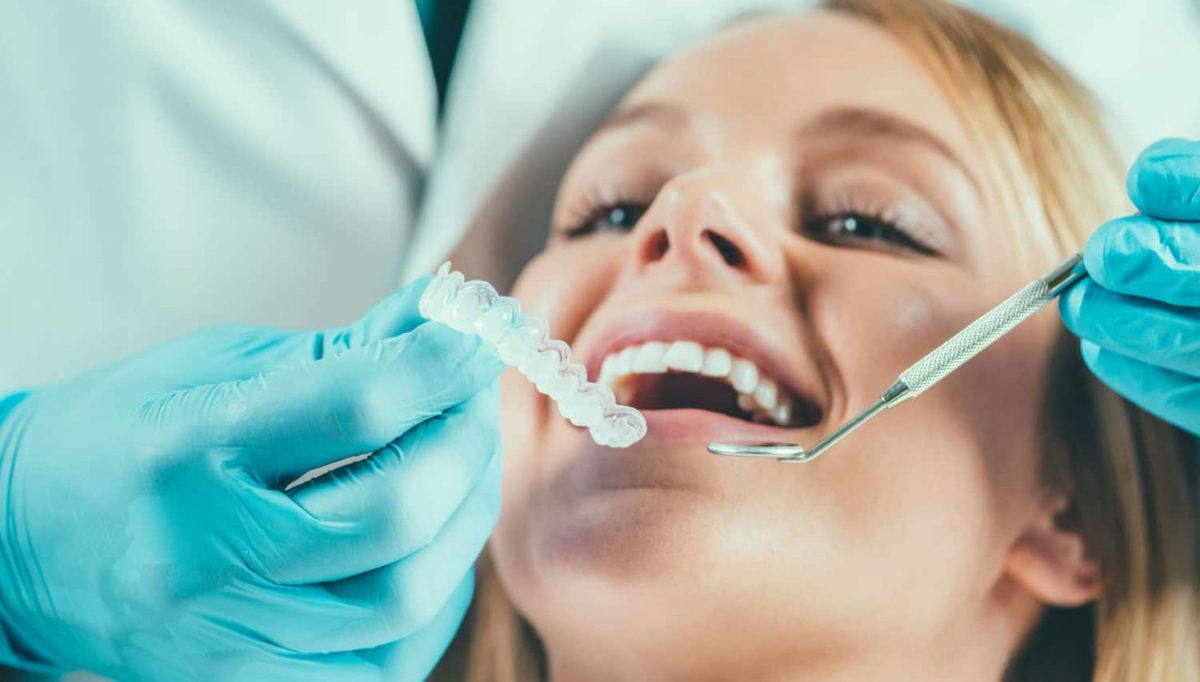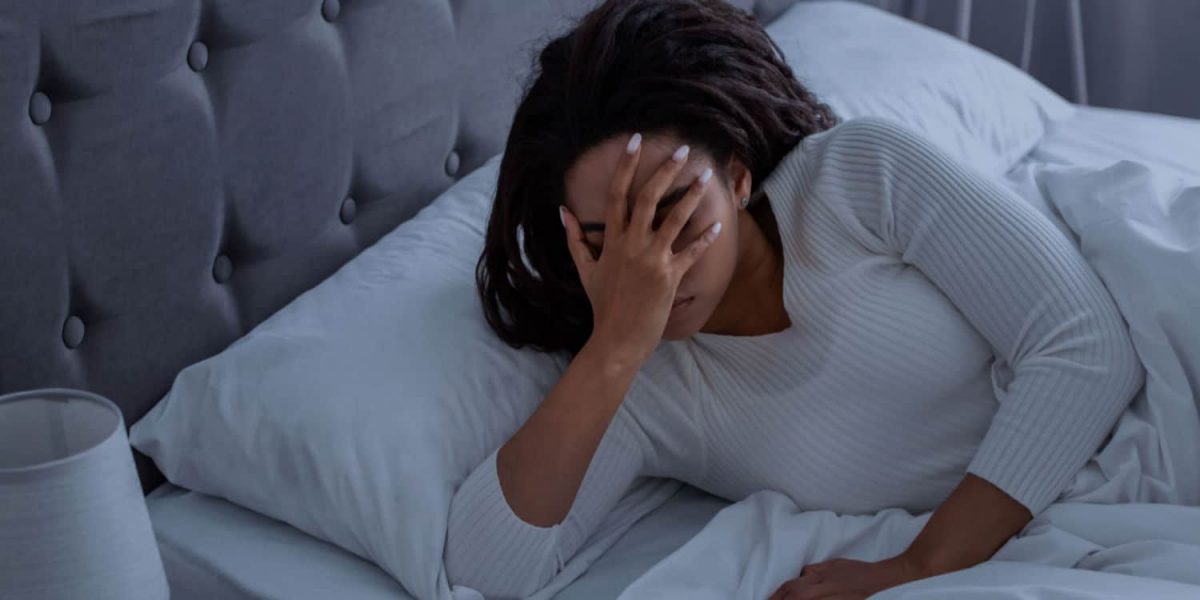Maintaining your oral health is essential, and the benefits extend beyond the appearance of your smile. Taking care of your teeth helps preserve your overall physical health and can also affect your self-confidence and how you interact with others. However, going to the dentist can be intimidating for many people. One way to improve the experience is to find a dentist who uses innovative dental technology in their practice. New technology can improve your experience at the dentist’s office in a variety of ways.
Here are a few benefits of innovative dental technology:
1. Pain-Free Dentistry
Thanks to new dental technology, the experience of going to the dentist has become virtually pain-free for many patients. The latest tools and techniques provide an unprecedented level of comfort. Laser dentistry can be used to treat and remove decay with minimal discomfort. Many patients say it feels similar to eating a snow cone and comes with a slightly cold sensation, but no pain. With the help of dental lasers and other new technologies, dental treatment can now be a painless and simple experience.
2. New Treatment Options
Some technological advances in dentistry have expanded the options that are available for patients. For example, the Vivos system provides an innovative sleep apnea treatment. Patients work with a Vivos-approved dentist, who creates a custom oral appliance that corrects the issues that lead to sleep apnea. This option is more comfortable than a continuous positive airway pressure (CPAP) machine and at the end of the treatment period, most patients don’t require further interventions.
3. Environmental Friendliness
Innovative new dental technology has revolutionized the environmental friendliness of dentists’ offices. Digital x-rays and digital impressions have replaced traditional x-rays and dental impressions, which use large amounts of hazardous chemicals and materials. Digital x-rays also emit up to 90% less radiation than traditional x-rays. With these innovations, dentists are able to not only help improve patient experience but also help our planet at the same time.
Dental Technology At Smith Dentalworks
At our Oro Valley dental office, we strive to provide informative, innovative, and individualized care. The second pillar of our practice (“innovative”) encompasses our commitment to seeking out and using the best new technology. We use all the technology previously mentioned in this article to improve the experience we provide. We don’t use new technology simply for the sake of having the latest and best tools; we do it for the benefit of our patients, and we make sure to clearly explain why we use the processes and treatments we do.
Dental Care In Oro Valley
If you need a dentist in Oro Valley, we can help. We provide a wide range of treatments including cosmetic smile makeovers, intensive restorative dental care, and sleep apnea treatment. Of course, we also provide general and preventive dentistry for our patients.











